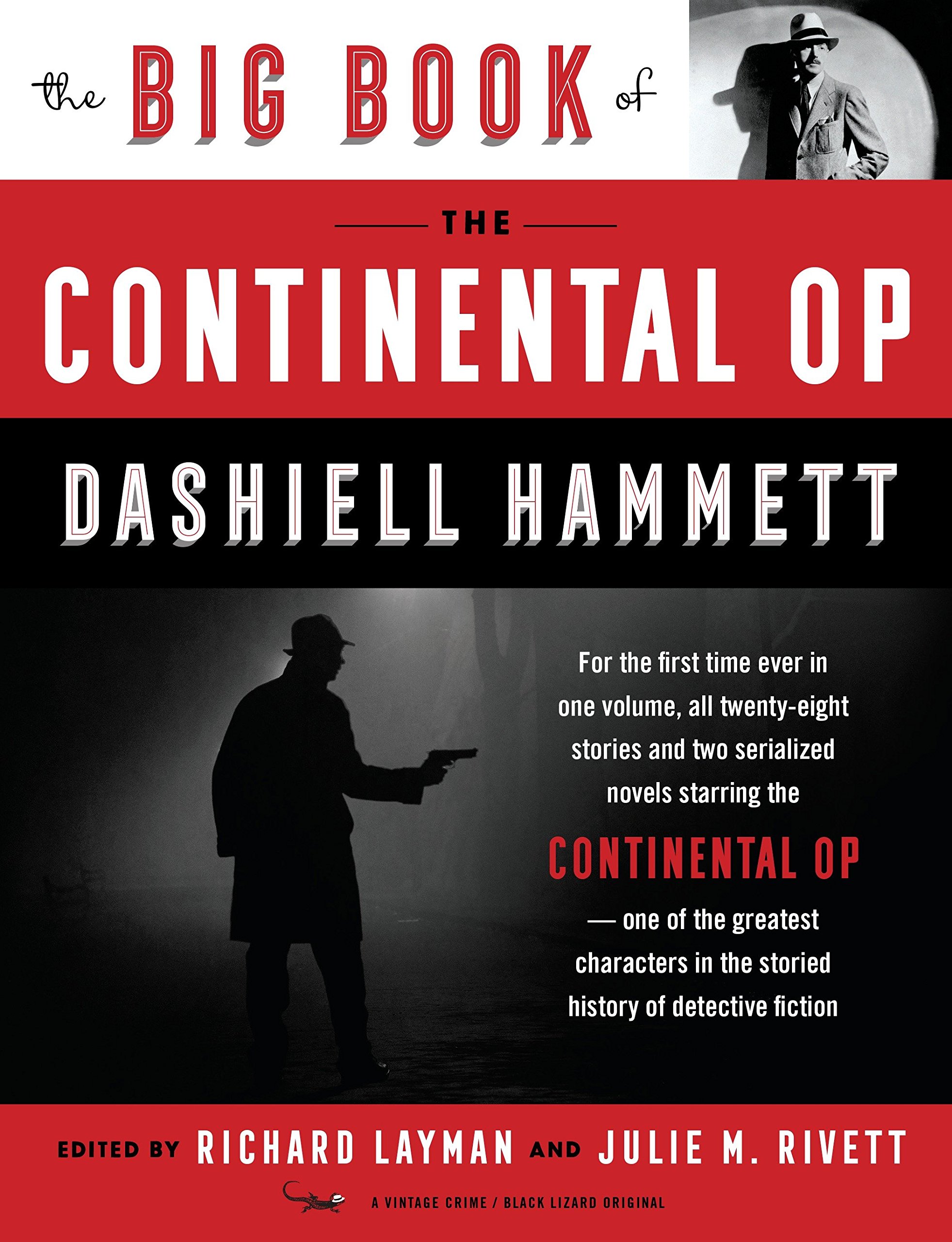
“Boiling like a coffee pot before we were five miles out of Filmer, the automobile stage carried me south into the shimmering heat, blinding sunlight, and bitter white dust of the Arizona desert.”
So begins Dashiell Hammett’s “Corkscrew,” a twisting tale about a tough-as-nails private eye sworn in as a deputy sheriff to clean up a border town where immigrant-smuggling gangs run riot. The year is 1925, but it might as well be the 1880s, as the private eye provides the town’s only law and order, such as it is.
Our hero narrates and never gives his name. Our only biographical clue is that he is an operative for the San Francisco-based Continental Detective Agency, which has been hired by local landowners to protect their investments near the town of Corkscrew, Ariz. A murder happens almost as soon as the “Continental Op” arrives. It is followed by enough gunplay for a John Wick film, a fistfight in which the hero’s face “looked like it had been run through a grinder,” and concludes with a high noon showdown with a seeming ally. The main immigrant-smuggling gang is taken down, but in a shaggy-dog resolution, it turns out the murder didn’t have anything to do with the smuggling and instead involved a debt of $1.10.
“Corkscrew” is one of dozens of two-fisted tales in The Big Book of the Continental Op, a 2017 compilation of stories Hammett wrote in the 1920s for Black Mask magazine. But they’re perfect stories to revisit this or any summer. They’re atypical only in setting; most others take place in the darkened streets of Prohibition-era San Francisco. This is the original “pulp fiction,” short, punchy, 180-proof stories of cops, gangsters, con men, corrupt politicians, conniving businessmen, and, of course, mysterious dames.
“One cool article, this baby! I couldn’t figure her. I didn’t know then, and I don’t know now, whether she was the owner of the world’s best poker face or was just naturally stupid. But whichever it was, she was thoroughly and completely it,” the hero says of a female suspect in “Women, Politics and Murder.”
Hammett would go on to greater fame in the 1930s with his novels The Maltese Falcon and The Thin Man, among others. But the “Continental Op” tales, as crime fiction aficionados know them, are Hammett at his absolute best.
Sean Higgins is a senior writer for the Washington Examiner.
